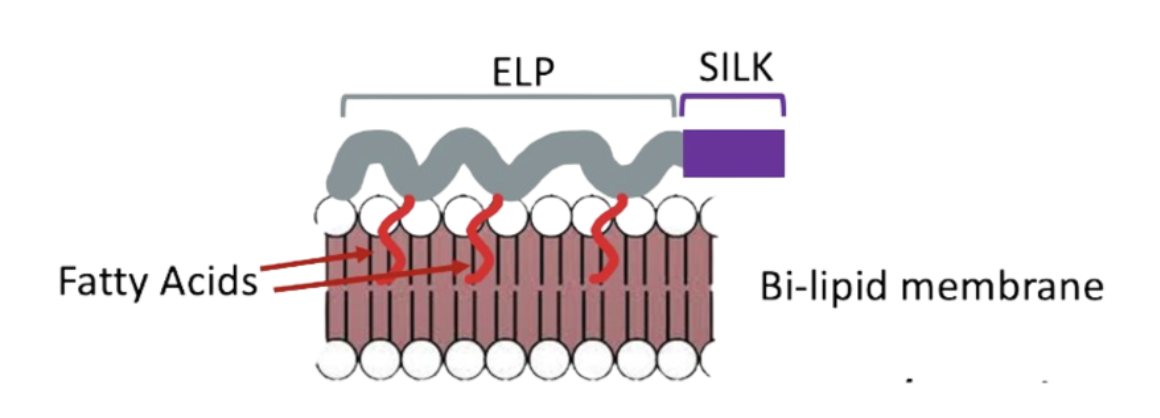2024 AIChE Annual Meeting
Advancing Silk-Elastin-like Protein Polymers: Biomolecular Coatings with Fatty Acids and Nanoparticles for Drug Delivery
This study focuses on developing the SELP system and demonstrating its versatility with various biomolecules, which includes coating lipid membranes and silk protein-based nanoparticles (SNPs) with SELPs. The SELP platform, augmented with fatty acid groups, has been successfully proven to be biocompatible with live human cells and capable of covalently binding with silk-based nanoparticles. Upon refining these models, SELPs can be engineered with cell-targeting oligopeptides such as GE11 and LT6 to target specific cell types like EGFR high-expressing cancer cells. Future iterations of the SELP-fatty acid conjugate platform can be improved by adjusting parameters such as temperature, incubation time, and fatty acid composition to enhance cellular binding. Additionally, SELP-SNP results suggest that an alternative coating method (e.g., layer-by-layer assembly of oppositely charged particles) may offer better optimization for SELPs and SNPs.
[Attached: Figure 1: Simplified schematic of SELP platform with fatty acid conjugate]
